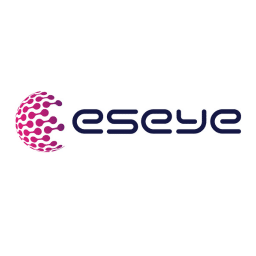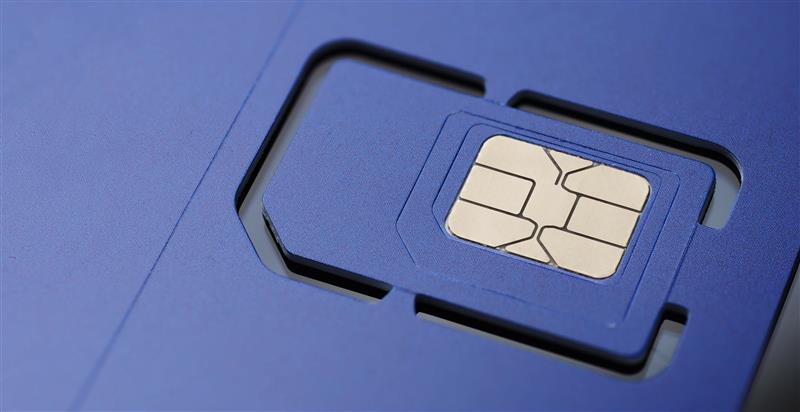Onboarding devices is a vital step in ensuring that devices can connect out-of-the-box and have the ability to stay connected, no matter what happens in the cellular environment.
According to Gartner, 80% of project failures are caused by issues at the device level. Often these issues relate to how the device manages connectivity. Given the challenges that IoT projects face, this isn’t too surprising:
- Mobile networks have been traditionally designed for phones and smart devices, not IoT devices.
While smartphones tend to work well, it can be very different for IoT devices. Many IoT devices are edge devices in remote places with no user access, so dealing with connectivity issues isn’t as easy as walking up the road to find a good signal. - IoT devices need to be price sensitive, cost effective and still deliver a service for many years.
Manufacturers of IoT devices don’t usually have the same level of development funding as a smartphone manufacture, but efficient and robust design is critical to the success of the device. - IoT device connections tend to generate little revenue for mobile network operators (MNOs).
MNOs depend on higher data usage typical of the mobile telephony market, yet the devices still make heavy demands on MNO infrastructure and support services. So, MNOs can and do put heavy demands on IoT device manufacturers in regard to operation and certifications.
With our AnyNet solution, IoT devices get zero-touch global connectivity, seamless integration to the cloud, and real-time automated monitoring and control. But even our sophisticated AnyNet solution with the AnyNet+ eSIM and Connectivity Management Platform (CMP) can’t manage devices that aren’t designed properly for cellular connectivity.
IoT connectivity pitfalls
Unexpected events can affect IoT deployments. For example, MNO roaming restrictions can prevent devices connecting, a mobile operator may stop supporting a radio access type (such as 2G or 3G), or a network might suffer outages or performance degradation.
Our AnyNet solution overcomes these issues by switching devices to different networks to ensure continuous connectivity. But for this to work, devices must be designed correctly.
For example:
- Multi-IMSI SIMs operate differently from traditional SIMs.
If a device can’t connect within a certain time, the AnyNet+ eSIM rotates to another IMSI for the device to use. The process continues until the device connects successfully. The device needs to allow the SIM to complete the connection algorithm and respond to SIM commands to benefit from this resilience. - eUICC SIMs can store multiple network profiles, which can be provisioned and managed over-the-air.
Devices must remain connected for long enough to receive eUICC commands and data, for example, when a new profile is downloaded. This is challenging for battery-operated devices that need to minimise connection time. - SIM Toolkits must be configured correctly to enable communication between the SIM and CMP.
IoT device onboarding with Eseye
Eseye’s onboarding service tests how devices operate within the AnyNet ecosystem. In a controlled but realistic environment, we check for connectivity issues that could threaten the success of an IoT project if they emerge when devices are live. We can identify potential concerns, such as suspect endpoint addresses, unexpectedly high or low data rates, and how network services are used. We also assess whether best practice security practices have been considered during device design.
Onboarding forms the basis of our managed connectivity service. Our technical and support teams use the information gathered to manage changes, troubleshoot connectivity problems, and answer support queries when the deployment is live.
When to starting the onboarding process
Onboarding should start when a device is in the final stages of testing. It’s important not to start too early, while engineers are completing the functionality. But leaving onboarding too late can make it difficult to fix any problems that we find.
We tailor the onboarding process based on how the device should behave. For example, a device that’s always connected is tested in a different way to a device that wakes up periodically to send data.
Onboarding stages
Our onboarding process is performed in four stages:

Observation
Observation checks the normal behaviour of the device. For example, we examine how frequently the device connects and the length of its data sessions. We also check activity such as DNS requests, traffic flows, and how multiple devices behave when connecting and sending data.
Verification
Verification checks how devices work with the AnyNet+ SIM and CMP. Our AnyNet solution provides a secure and reliable way of connecting devices to the best available network, but this connectivity relies on devices interacting correctly with our systems.
Resilience
Resilience tests how the device responds to unexpected events. Devices should cope gracefully with network outages and disruption. They should retry connections carefully as repeated connection reattempts can compound network issues, particularly if multiple devices all behave in the same way.
Security
Cybersecurity is a key challenge in IoT and adopting a secure by design approach is critical when developing IoT products and services. As part of the onboarding service, we explore whether the device meets best practice security provisions and help determine if there are any further steps that could make the device more secure before deployment.
Onboarding Report
We produce a detailed report of the onboarding results and our conclusions and recommendations. If we found issues during testing, we can advise on resolution, using our IoT device design service if appropriate.
To learn more, read our IoT device onboarding service guide.
A customer’s onboarding experience
Yoco, a financial technology company, engaged with Eseye to power the connectivity for its payment processing devices. During the onboarding process, we helped Yoco prepare the Neo ePOS device for deployment, putting the entire solution through rigorous testing to make sure everything performed as expected.
Here’s what Yoco’s Senior Technology Lead said about the Eseye onboarding process:
The validation process was very thorough, which really impressed us. The guys ran through an exhaustive list of technical checks. This highlighted some issues we were able to put right before deployment and gave us a lot of comfort and security going forward. No other supplier has given us the same degree of technical support as Eseye
Michael Madsen, Senior Technology Lead
Eseye brings decades of end-to-end expertise to integrate and optimise IoT connectivity delivering near 100% uptime. From idea to implementation and beyond, we deliver lasting value from IoT. Nobody does IoT better.

